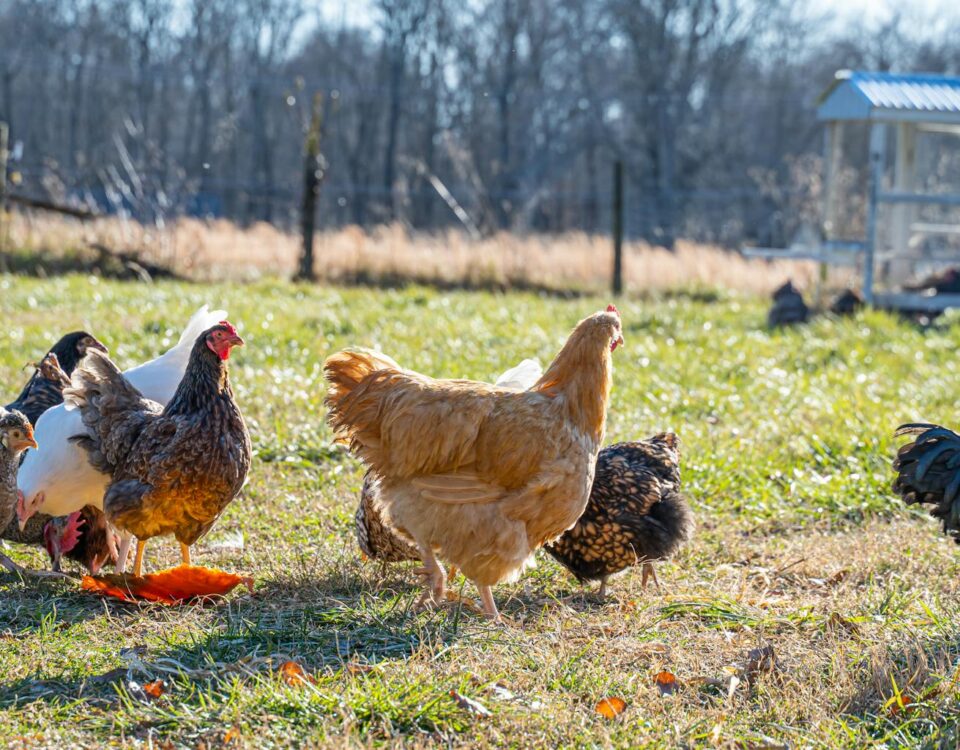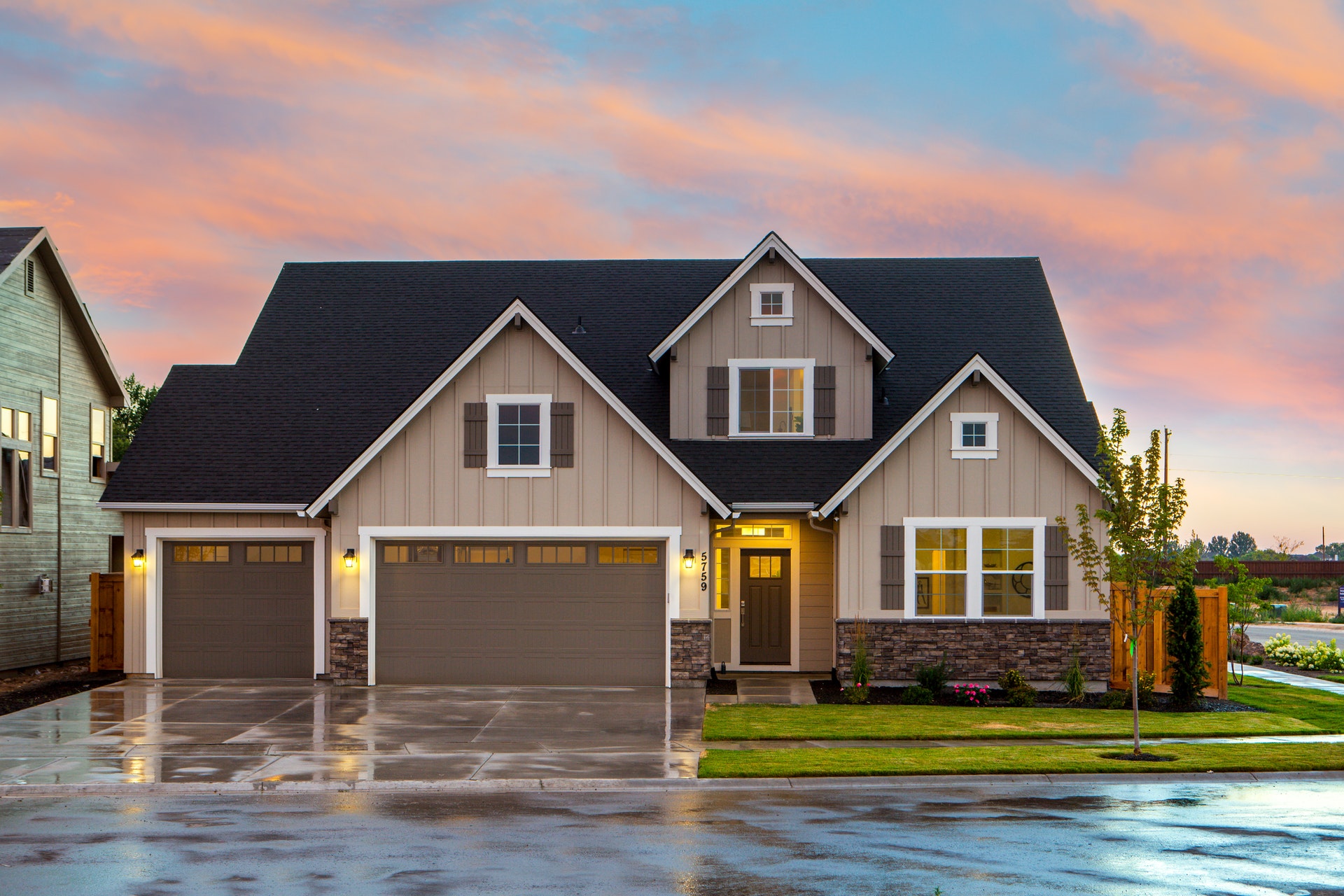
Helpful Tips to Maximize Garage Space Inexpensively
January 5, 2022
How Your Family Can Beat Inflation
March 7, 2022Benefits of Energy Self-Sufficiency
Why would you want to become energy self-sufficient? I can think of s number of reasons why you might want to become energy self-sufficient. First, in the long haul having your home energy self-sufficient or more so, saves money. Secondly, being energy self-sufficient helps the environment. Thirdly, when storms hit and your power goes down, your home still has power.
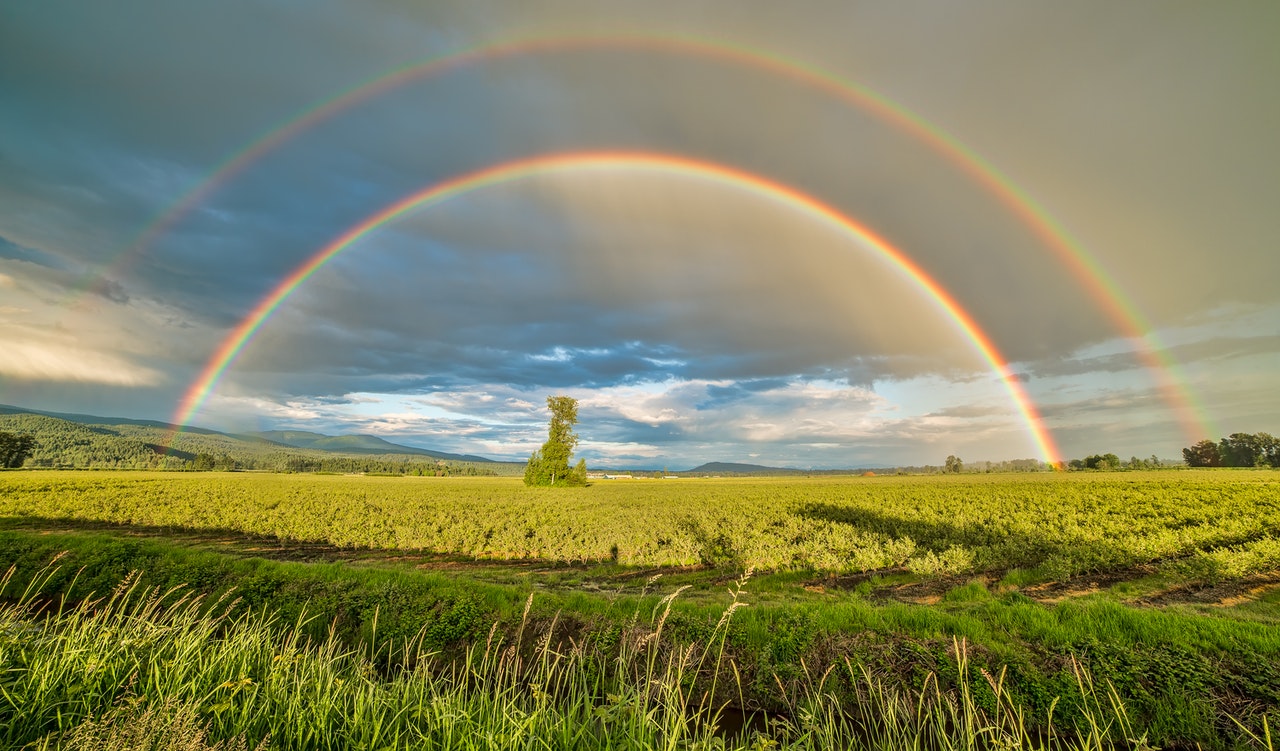
There are many ways to become more energy self-sufficient and give your pocketbook and the environment a break. In becoming more energy self-sufficient you are lowering your need for outside sources of power and garbage while depending on the earth’s natural resources to help power your home.
A self-sustaining home doesn’t need to mean that you live off the grid completely, but that you are creating a way to supply your own energy, water, food, garbage, and sewage removal. Having an energy-self-sufficient home allows you to be more financially independent and allows you to have built-in preparations when storms hit.
Energy Self-Sufficiency Doesn’t Need to Be Expensive
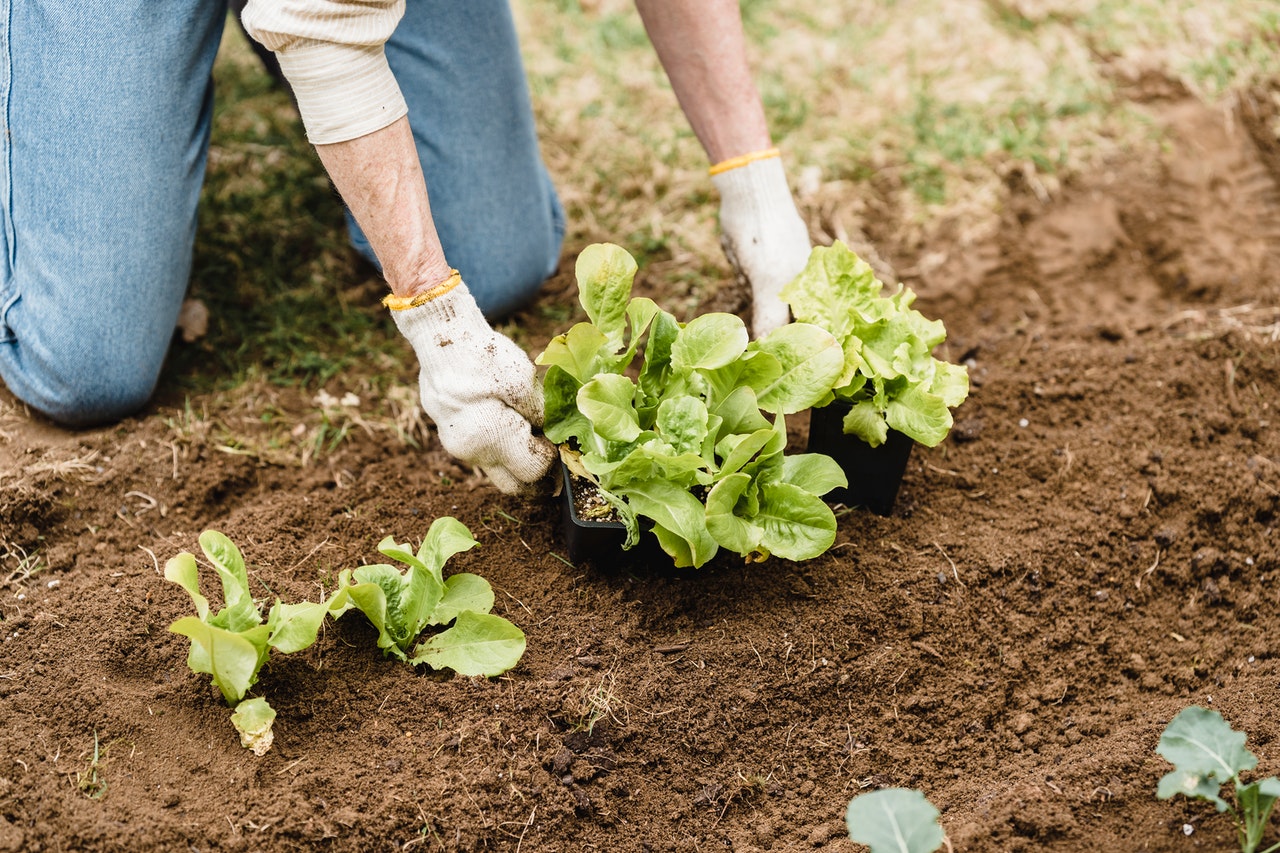
It is possible to become more energy self-sufficient in phases, you don’t need to do everything at once unless that’s in your budget. We will outline some ideas about systems that can be built in phases to help your home or farm become more energy self-sufficient. Self-sufficiency needn’t be expensive, but it does take an investment in time, and money, and changing a few habits along the way.
It’s important to start with the simplest of tasks and then scale from there. Take on a new project, see it to finish and then acclimate to the changes and then take on your next project. This way both money-wise, time and energy are used best, and it allows your family to get used to new behavior a step at a time. Many of these projects can be family projects, especially with older children.
Let’s Reduce Garbage Pickup or Dump Runs with Composting
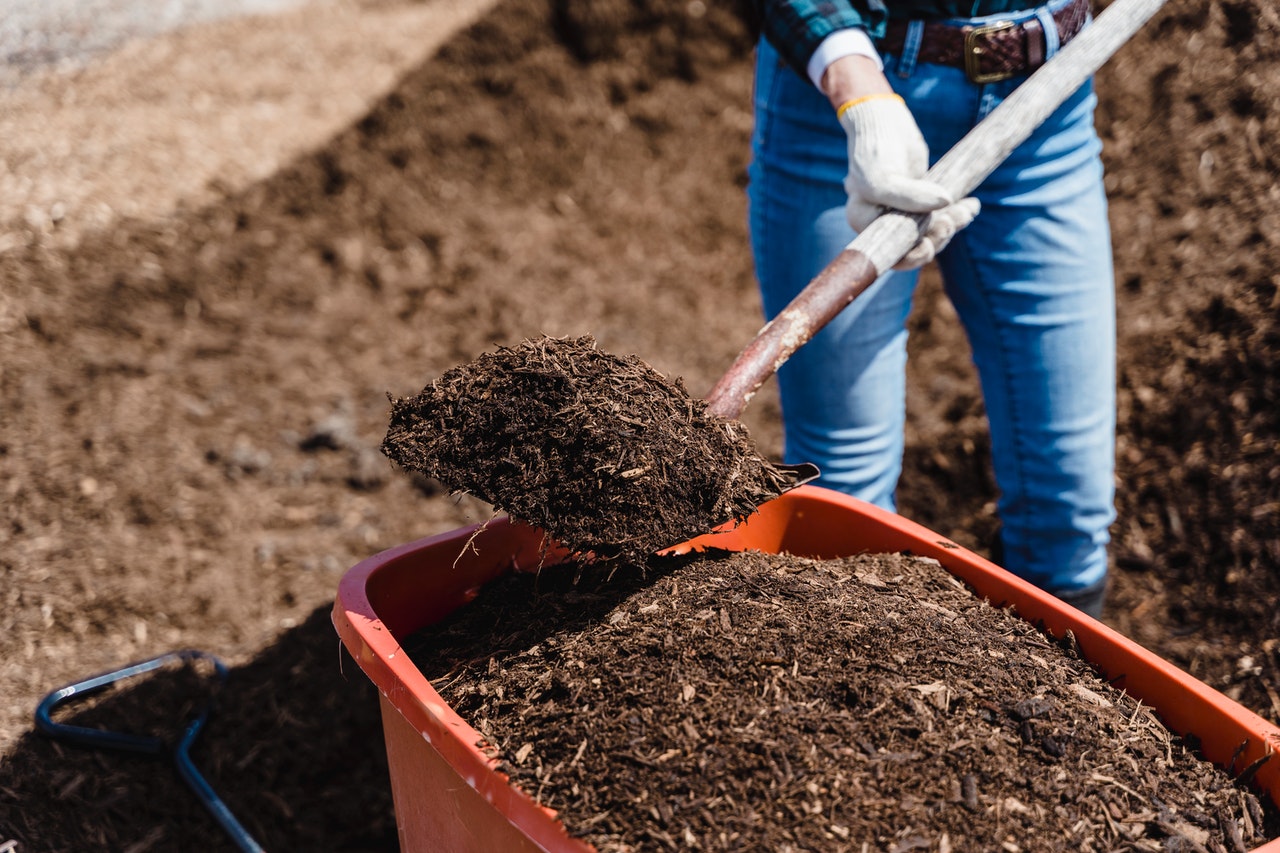
Composting is a fast and easy way to reduce your garbage fees on a monthly basis or how many times you do dump runs. We wrote an excellent article on Fast & Easy Composting that I would read so that you can start building a simple compost situation for your family. The rewards are that you have less waste going into the garbage and reap the benefit of rich compost for your garden.
Grow Your Own Food
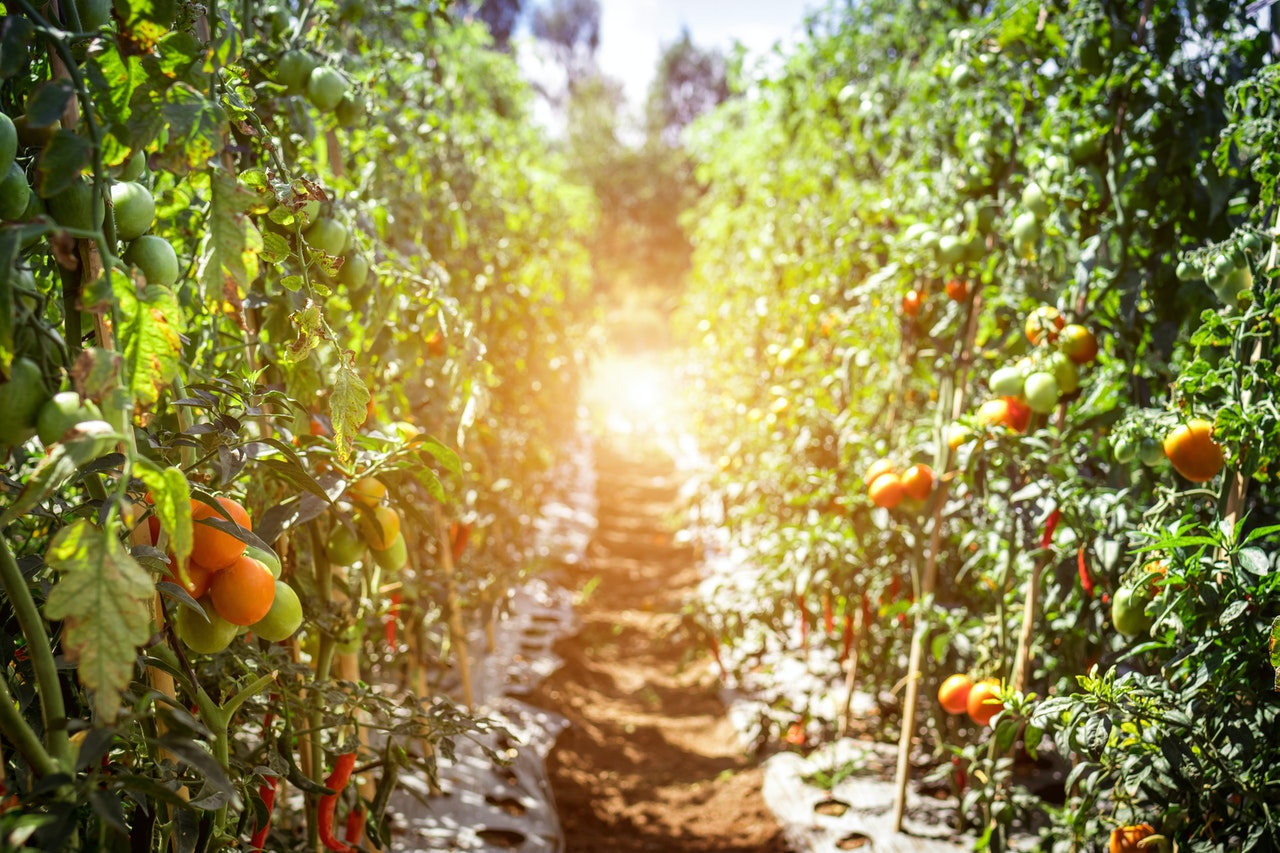
There are so many articles and books on food self-sufficiency and growing your own food. We even wrote a great article about starting a backyard vegetable garden during COVID-19, called Growing Your Own Food, which gives you some great pointers. Growing your own food not only makes you more self-sufficient but it cuts down on your grocery bill each week and it’s been proven that vegetables that kids grow they’re more likely to eat!
Install Well Solar Power
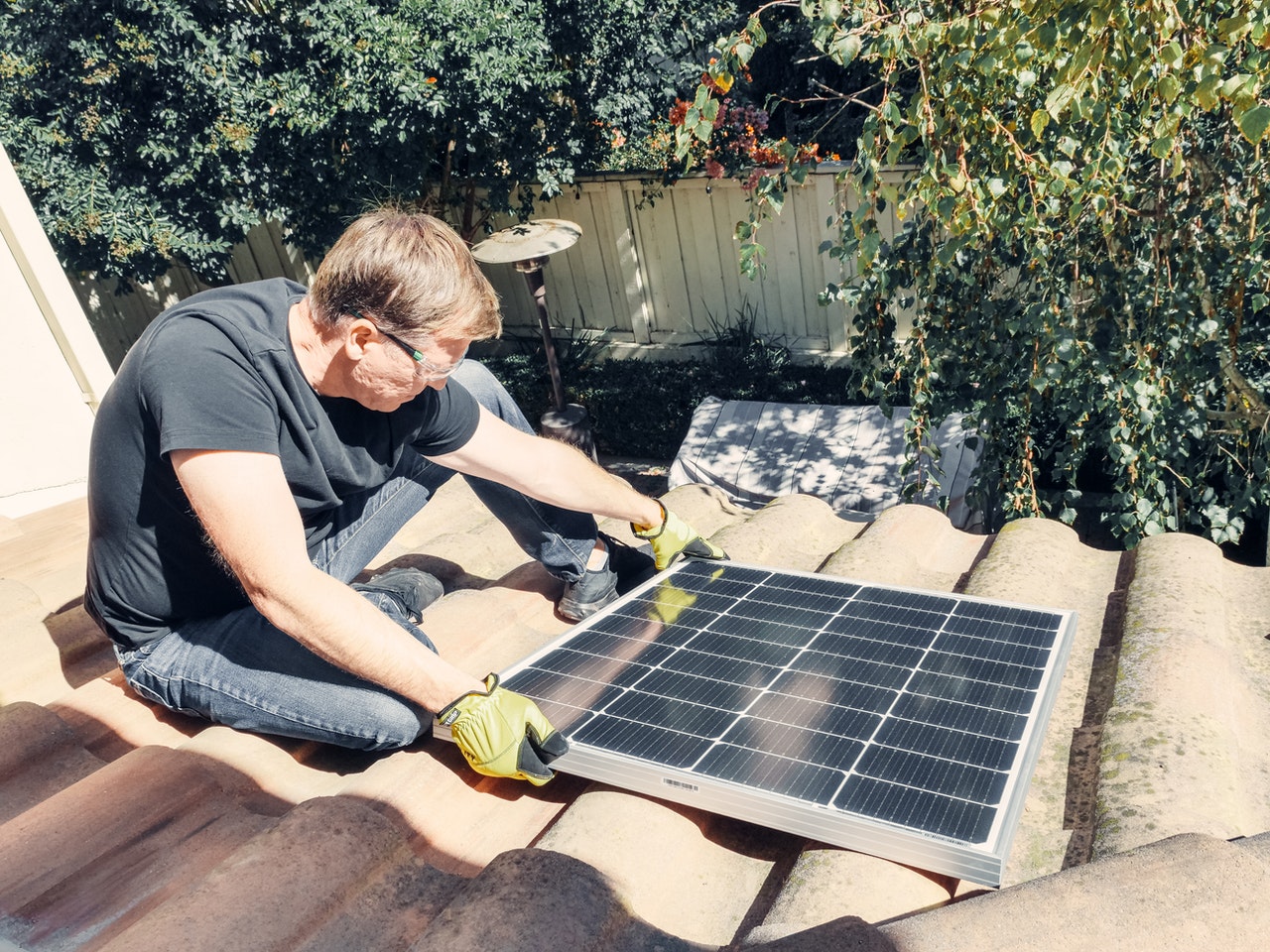
Even with installing solar power, you can take your solar projects on in stages. You can start small with just a solar unit for your well. Solar-powered water well units are an easier installation process and allow you to have water even when the power goes down in a storm. There are many reputable companies in the United States that manufacture units ranging in price from $1,699 to $2,599.
The kits include solar panels, a centrifugal pump, a pump controller, hose clamps, a low water sensor, tank shut-off, solar panel connectors, a wire splice kit, and detailed step-by-step instructions that take you through the entire installation process. Just think, no more hauling generators, gas, and noise, just a self-sufficient water supply!
Solar Power Your Home
Switching to renewable energy for your home with solar may seem expensive at first, but the cost-benefit over time is amazing! With energy costs going up each year and your utility bill with it, installing solar power for your home saves you so much money. If you want to start small, start with solar hot water, since heating water is one of the everyday tasks that are a substantial part of your utility bill.
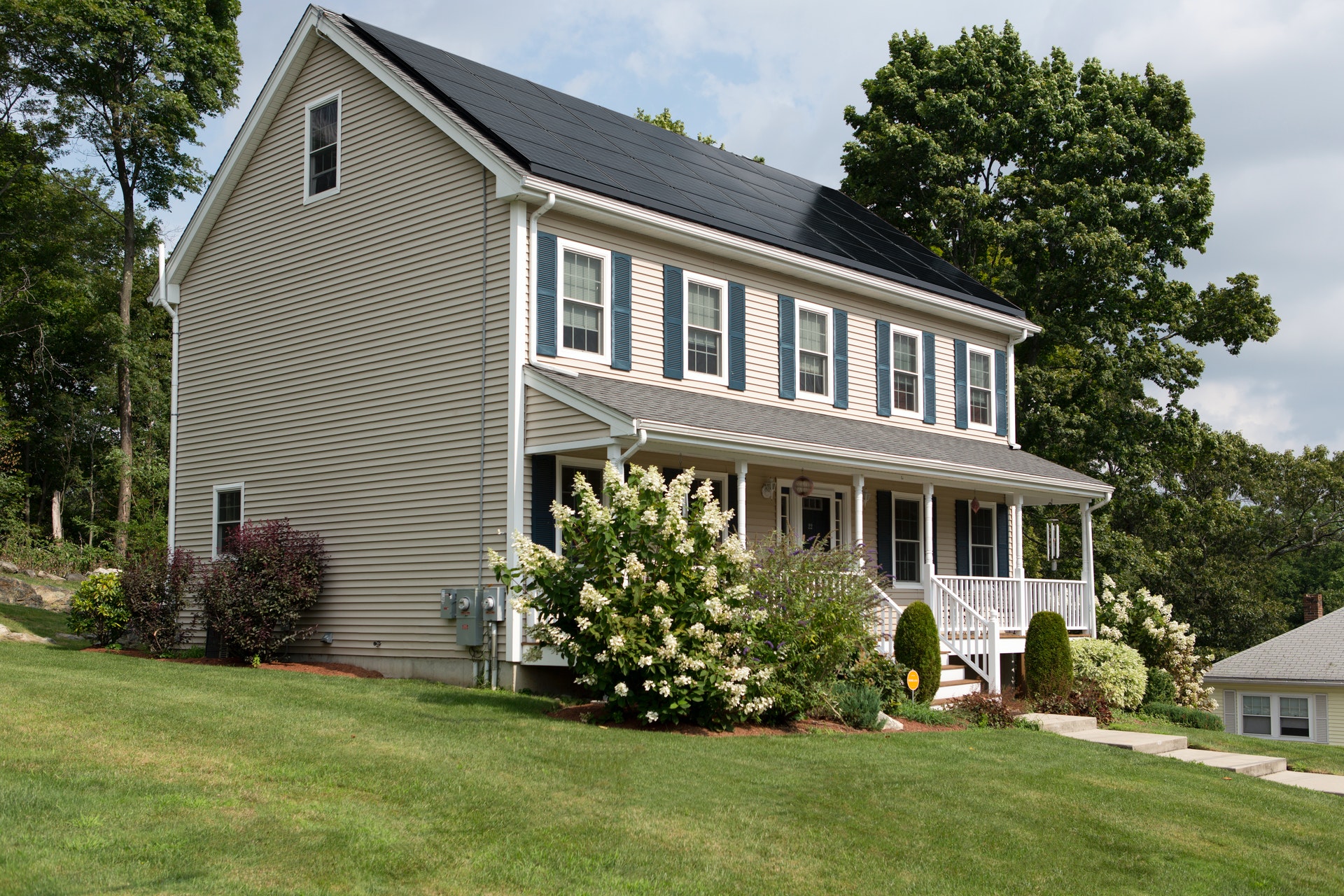
Solar power really makes sense on so many levels, especially with many states still giving good incentives to install solar. Many companies are able to offer you a loan that would be much more than your current power bill each month for a complete system. If you want to install solar as a DIY project, be sure to have a good electrical background, get permits, and rely on good sources for your materials.
Backup batteries have come so far, including the Tesla Powerwall. Many programs for Tesla systems are all over the United States and require $0 down for qualified buyers. The bonus of being energy self-sufficient is in many areas you can sell your excess energy back to your utility company if you are still not completely off-grid.
Alternative Heating Systems
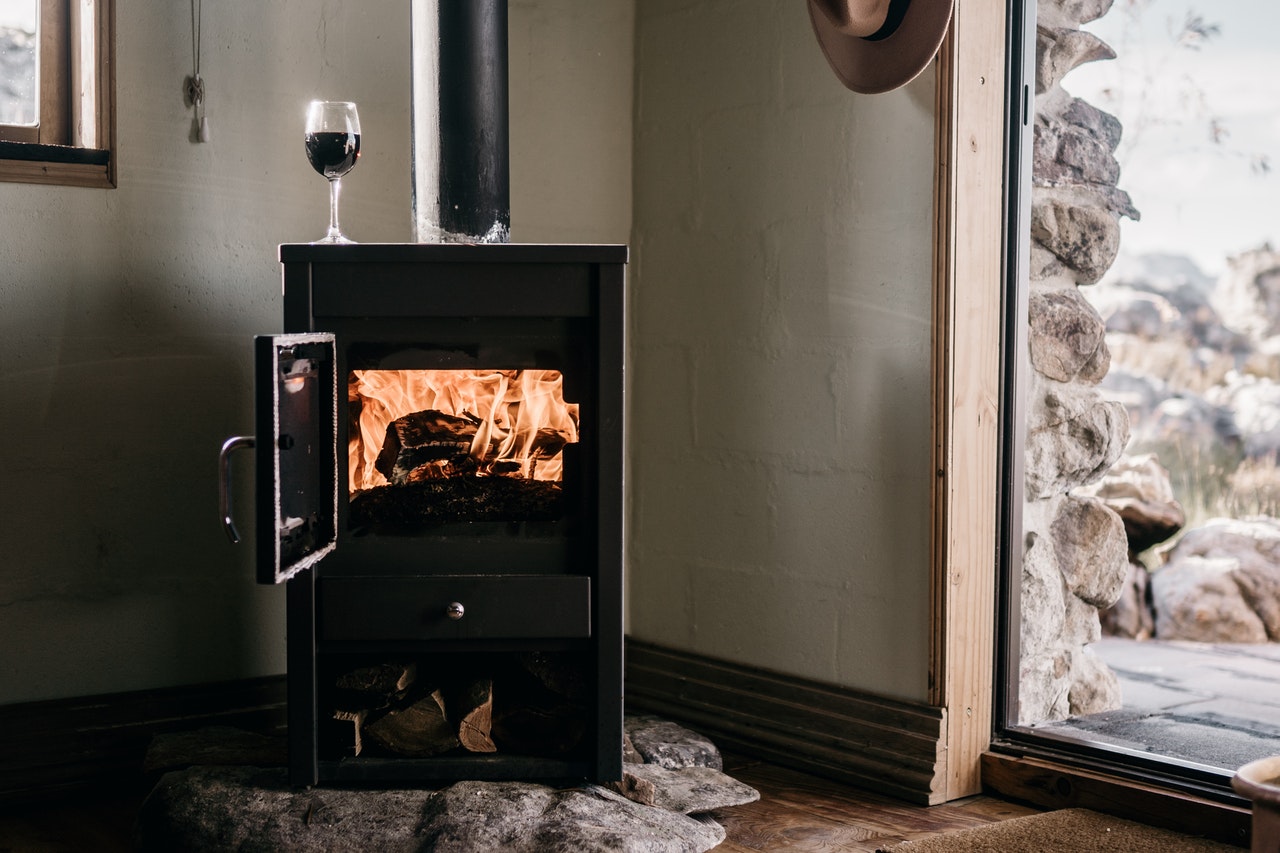
Alternative heating for your home can be as simple as installing a wood stove. Or if you have already installed a solar hot water heating system you are most of the way there in being able to be energy sufficient with radiant floor heating. Radiant heating is more of a project if you aren’t building a home because you need to be able to get under the structure of your home. There are two ways to retrofit a radiant heating system after a home is built. The first is in the floor itself, the other is under the subfloor between the joists, this second way works best as a retrofit for radiant heating.
The most common radiant heating installations are slab-on-grade, tubing over plywood with a Gypsum over-pour, pre-fab panel systems, sleepers over a wood subfloor, and the staple-up system for installing between the joists.
Water Management for Energy Self-Sufficiency
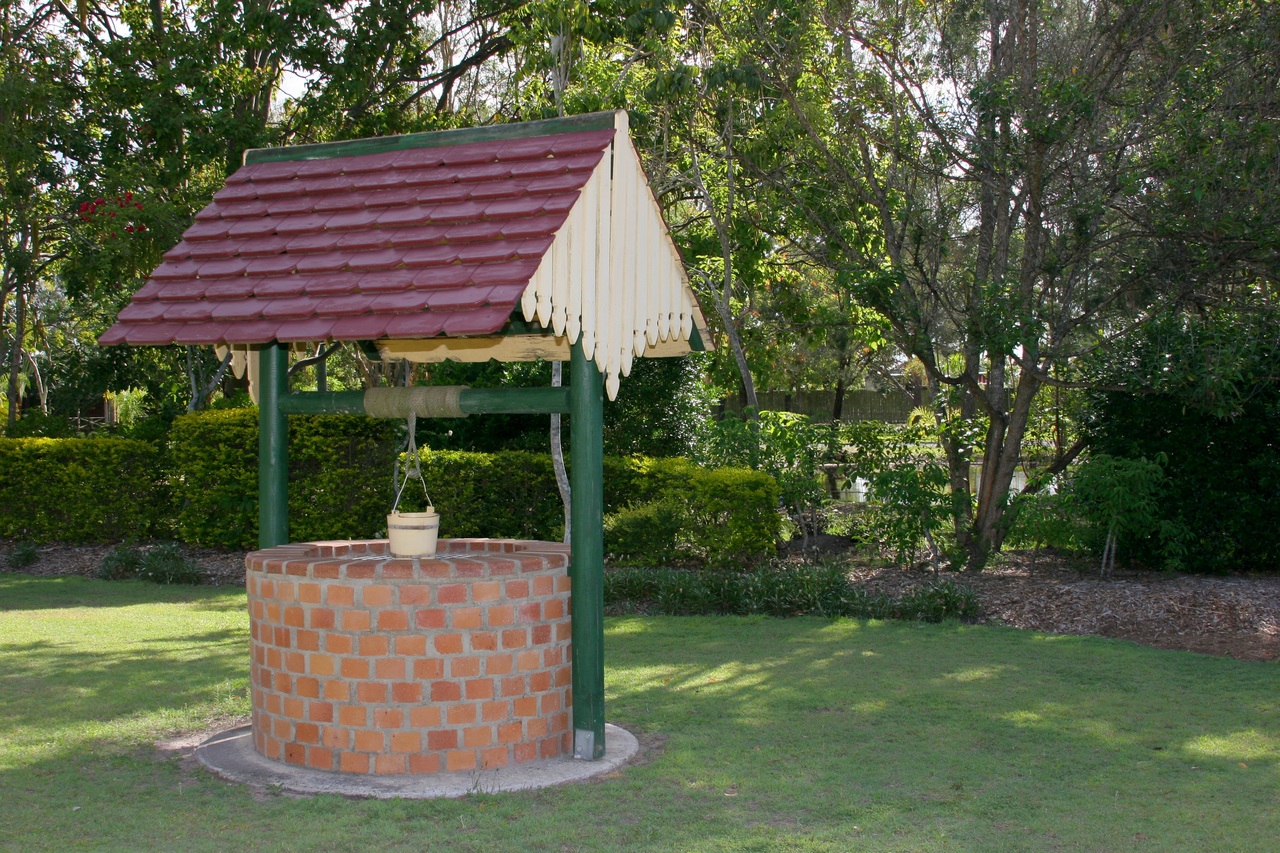
Securing your water supply is important. If you are fortunate to have a well, your first task is taking your water well solar. To make the best use of the rainwater you get each year, installing a water catchment system helps you to harvest rainwater for your family, livestock, and garden. We wrote an article on water catchment systems that can give you some good ideas. They have been relying on water catchment in Hawaii for years and many homes have a soft-sided pool next to their house that is covered and you can see the tubing coming from the gutters into the pool, they then have a pump, and water treatment system so the water is drinkable.
Creating your home or farm to be energy self-sufficient lets you become a stakeholder in a secure energy future. Creating an energy-self-sufficient home gives you skills to become independent and it benefits the environment at the same time. Not only will your energy-self-sufficient home save you money but it will be a more secure way of living that is vastly more independent and teaches your children wonderful skill sets that they will carry with them to adulthood.


